Upādāna: Clinging as the root of suffering in Buddhism
Among the fundamental teachings of Buddhism, upādāna plays a crucial role in explaining why suffering (dukkha) persists. Often translated as “clinging” or “grasping”, upādāna represents the intensified attachment that arises from craving (tanhā), binding beings to the cycle of rebirth (saṃsāra). In this post, we explore the meaning of upādāna, its psychological and philosophical implications, and its role in the Buddhist path to liberation.
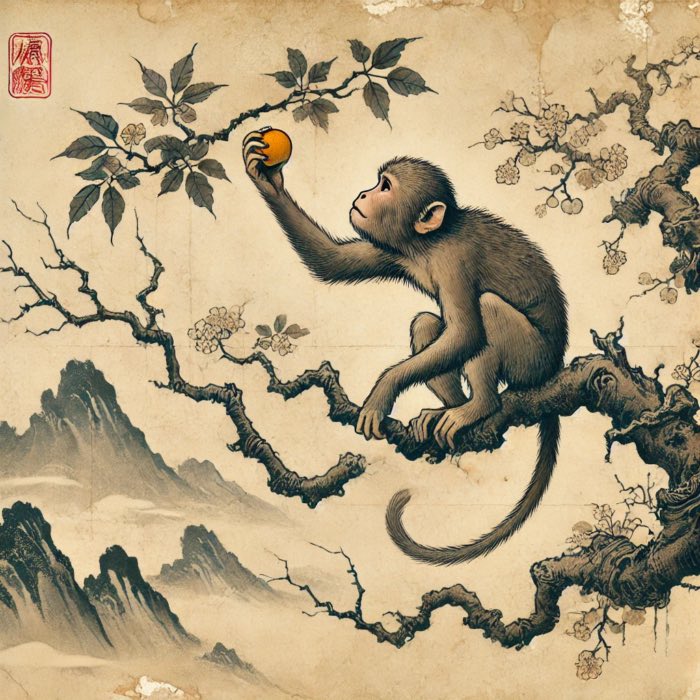
A monkey grasping at fruit — symbol of upādāna (clinging). In this image, generated by DALL•e and inspired by the aesthetic of classical Japanese emakimono, a monkey stretches toward a piece of fruit that remains just beyond its grasp. The motif allegorically represents upādāna, the ninth link in the chain of dependent origination (paṭicca-samuppāda) in Buddhist philosophy. upādāna, translated as clinging, grasping, or appropriation, is the mental act of attaching to objects, identities, or experiences under the illusion that they can provide lasting satisfaction. The monkey — traditionally a symbol of the restless and desirous mind in Buddhism — embodies this futile pursuit, suspended in a moment of tension between craving and attainment. The fruit, vivid and seemingly attainable, signifies the transient pleasures that sustain saṃsāra, the cycle of suffering and rebirth. Source: Created with DALL•E.
Understanding upādāna: The mechanics of clinging
The term upādāna (Pāli and Sanskrit) derives from the root “upa” (“close”) and “ādāna” (“taking”, “grasping”), signifying an intense attachment or clinging to objects, ideas, or experiences. While tanhā represents the initial thirst for sensory pleasures, existence, or non-existence, upādāna is the active process of grasping and holding onto these desires. In the twelve-link chain of dependent origination (paticca-samuppāda), upādāna follows tanhā, further entrenching individuals in karmic cycles that perpetuate suffering.
Buddhism classifies upādāna into four categories:
- Clinging to sensual pleasures (kāmupādāna): The attachment to sensory gratification, material possessions, and physical pleasures. This type of clinging reinforces the illusion that external objects can provide lasting happiness.
- Clinging to views (ditthupādāna): The strong adherence to ideological, philosophical, or religious beliefs. Rigidly holding onto views fosters division, conflict, and suffering, preventing openness to wisdom and deeper understanding.
- Clinging to rites and rituals (sīlabbatupādāna): The belief that mere external practices, ceremonies, or religious customs can lead to liberation, without genuine insight and transformation. This clinging can manifest as blind adherence to tradition or superstition.
- Clinging to the notion of self (attavādupādāna): The deepest and most subtle form of upādāna, referring to attachment to the idea of a permanent, independent self (atta or atman). This clinging reinforces the delusion of a fixed identity, contradicting the Buddhist doctrine of anatta (non-self).
Upādāna and the perpetuation of suffering
Buddhism teaches that upādāna is one of the primary forces that sustain saṃsāra, the continuous cycle of birth, death, and rebirth. By grasping at experiences, individuals reinforce habitual patterns of attachment, leading to further craving (tanhā) and ultimately suffering (dukkha). This cycle is self-perpetuating: clinging strengthens craving, which in turn deepens the illusion of self and the need to preserve pleasurable experiences while avoiding unpleasant ones.
A key insight in Buddhist thought is that nothing in the phenomenal world is permanent or inherently satisfying. All conditioned things are subject to change (anicca), and any attempt to hold onto them inevitably leads to frustration. For example, attachment to youth and beauty results in distress when aging occurs; clinging to relationships leads to suffering when separation or loss arises. Similarly, grasping at ideological beliefs fosters rigidity and division, obstructing the wisdom necessary for spiritual progress.
According to early Buddhist texts, Siddhartha Gautama emphasized that liberation (nibbāna) is achieved not through the accumulation of experiences but through the cessation of grasping. Recognizing upādāna as a fundamental source of suffering is thought to allow individuals to cultivate detachment, leading to freedom from the cycles of birth and death.
Psychological perspectives on upādāna
Modern psychology provides valuable insights into the mechanisms of clinging as understood in Buddhism. Upādāna closely parallels psychological attachment theory, which describes how individuals form deep emotional bonds to people, objects, and ideas. While healthy attachment fosters stability, excessive clinging can lead to anxiety, fear of loss, and distorted perceptions of reality.
Cognitive-behavioral therapy (CBT)ꜛ highlights how rigidly held beliefs (ditthupādāna) can contribute to psychological distress. When individuals define themselves through fixed narratives or unexamined worldviews, they resist change and experience distress when confronted with contradictions. Similarly, the tendency to seek external validation aligns with kāmupādāna, reinforcing cycles of dependency on external sources of pleasure.
Mindfulness-based cognitive therapies (MBCT)ꜛ draw from Buddhist practices to address upādāna, emphasizing non-attachment and awareness of impermanence. By observing thoughts and emotions without clinging, individuals develop resilience against suffering. The practice of vipassanā meditation, for example, cultivates insight into the transient nature of experiences, weakening habitual patterns of attachment.
Overcoming upādāna: The Path to Liberation
Buddhist practice aims to weaken and ultimately eliminate upādāna through wisdom (prajñā), ethical conduct (sīla), and mental discipline (samādhi). Three key methods help in this process:
- Developing insight (vipassanā): Recognizing the impermanence of all experiences and seeing through the illusion of a permanent self dissolves the foundation of clinging. Understanding anatta (non-self) weakens attavādupādāna, reducing attachment to identity and ego.
- Cultivating mindfulness (sati): Mindfulness practice creates awareness of how clinging manifests in daily life. Observing thoughts, emotions, and bodily sensations without identifying with them disrupts habitual attachment patterns.
- Practicing generosity (dāna) and letting go: Acts of giving and relinquishing attachment to possessions, status, or rigid beliefs counteract kāmupādāna and ditthupādāna. Training in non-attachment fosters a sense of inner freedom and well-being.
Ultimately, overcoming upādāna leads to liberation from suffering. The cessation of clinging (upādāna-nirodha) results in the dissolution of tanhā, breaking the cycle of rebirth and paving the way for nibbāna.
Conclusion
At the heart of Buddhist teachings on suffering (dukkha) lies a nuanced understanding of upādāna — the force that transforms craving into bondage. This clinging, whether directed at pleasure, doctrine, ritual, or identity, is what tightens the knot of saṃsāra, weaving our moment-to-moment experiences into a cycle of dissatisfaction. Recognizing upādāna means more than identifying attachment — it requires acknowledging how deeply entangled our sense of self is with what we desire, believe, or fear losing.
In dismantling upādāna, one does not simply let go of objects or ideas, but of the illusion that anything can be held onto at all. Liberation arises not through the rejection of the world but through seeing it clearly — as impermanent (anicca), interdependent, and ultimately not-self (anatta). The path is therefore not about suppression but about transformation: Cultivating wisdom to see through illusion, ethical discipline to avoid fueling craving, and meditative clarity to remain unshaken by the flux of experience. In this way, the grip of upādāna loosens, and the mind opens to the unconditioned freedom of nibbāna.
References and further reading
- Oliver Freiberger, Christoph Kleine, Buddhismus - Handbuch und kritische Einführung, 2011, Vandenhoeck & Ruprecht, ISBN: 9783525500040
- Rupert Gethin, The Foundations Of Buddhism, 1998, Oxford University Press, ISBN: 9780192892232
- Oliver Bottini, Das grosse O.W. Barth-Buch des Buddhismus, 2004, Ebner & Spiegel GmbH, ISBN: 9783502611264
- Richard Francis Gombrich, How Buddhism began – The conditioned genesis of the early teachings, 2006, Taylor & Francis, ISBN: 9780415371230
- Sebastian Gäb, Die Philosophie des Buddha - Eine Einführung, 2024, UTB, ISBN: 9783825262013
- Erich Frauwallner, Die Philosophie des Buddhismus, 2009, De Gruyter Akademie Forschung, ISBN: 978-3050045313
- Mark Siderits, Buddhism As Philosophy - An Introduction, 2007, Ashgate Publishing, Ltd., ISBN: 9780754653691
- Richard Francis Gombrich, What the Buddha thought, 2009, Equinox Publishing (UK), ISBN: 9781845536121
- Walpola Rāhula, What the Buddha taught, 1974, Grove Press, ISBN: 9780802130310
- Jr. Buswell, Robert E., Jr. Lopez, Donald S., Juhn Ahn, J. Wayne Bass, William Chu, The Princeton dictionary of Buddhism, 2014, Princeton University Press, ISBN: 978-0-691-15786-3
- John Bowlby, Attachment and Loss: Volume I – Attachment, 1997, Pimlico, ISBN: 978-0712674713
- Wikipedia article on Cognitive-behavioral therapy (CBT)ꜛ
- Wikipedia article on Mindfulness-based cognitive therapies (MBCT)ꜛ



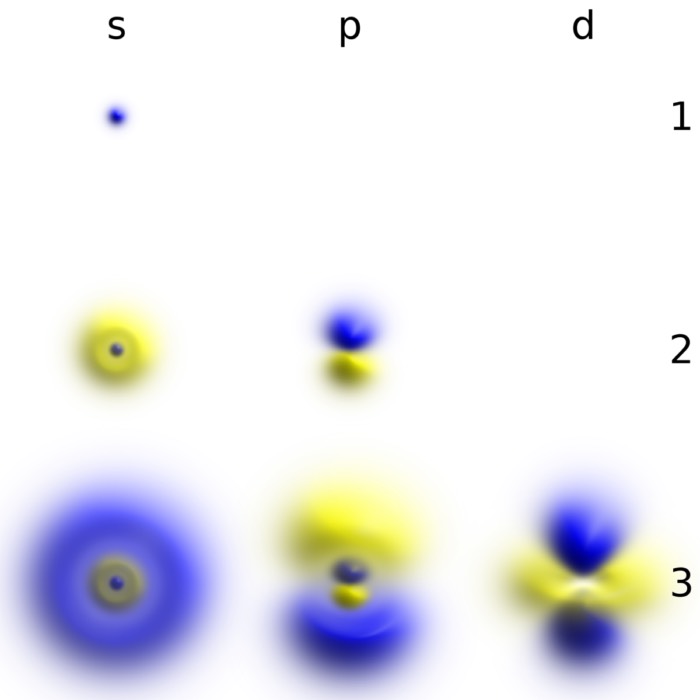

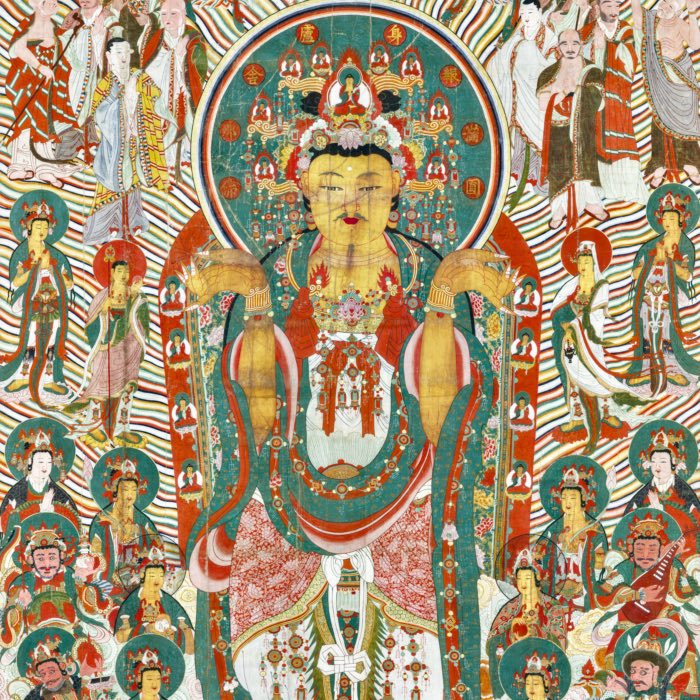
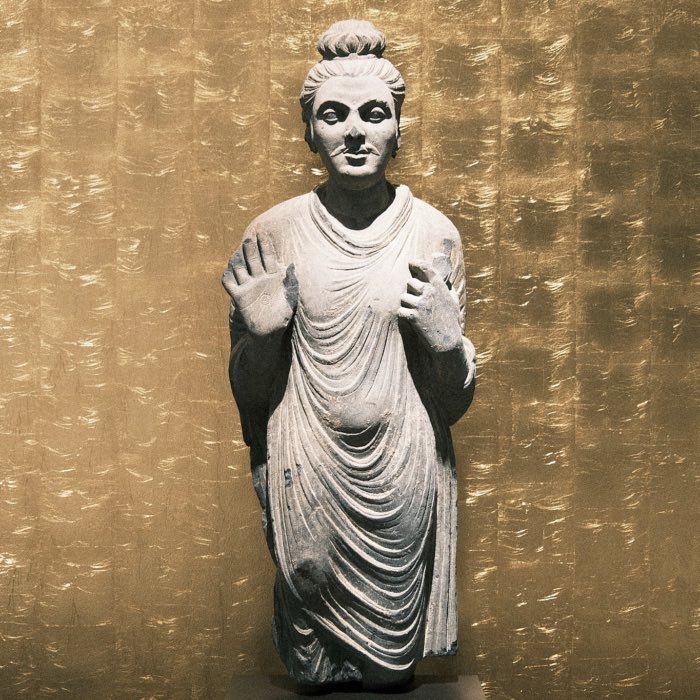
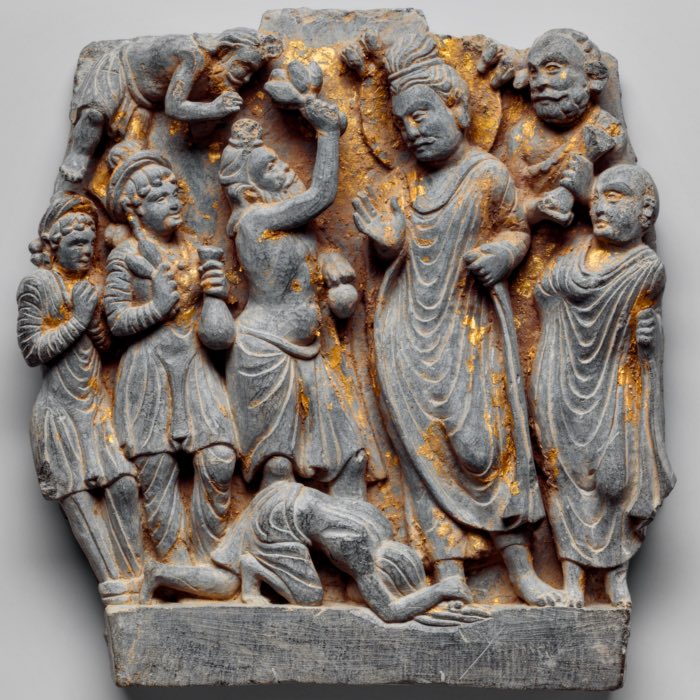

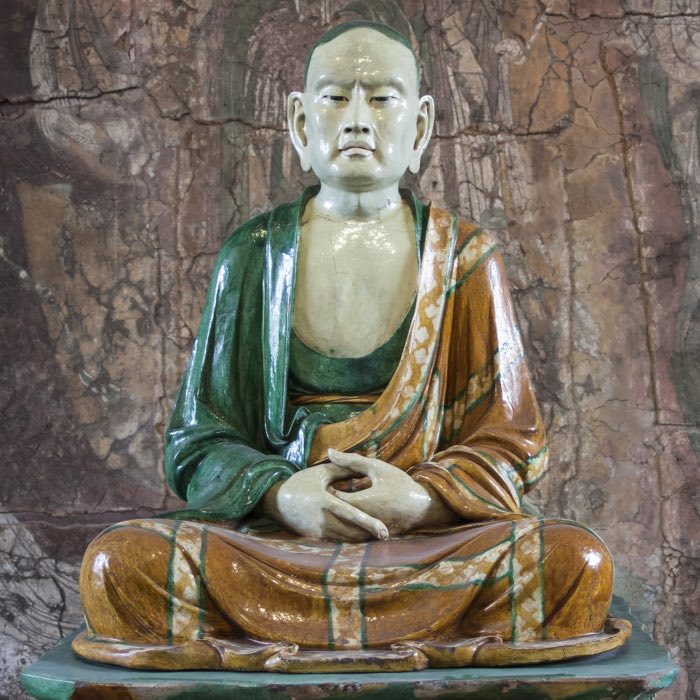
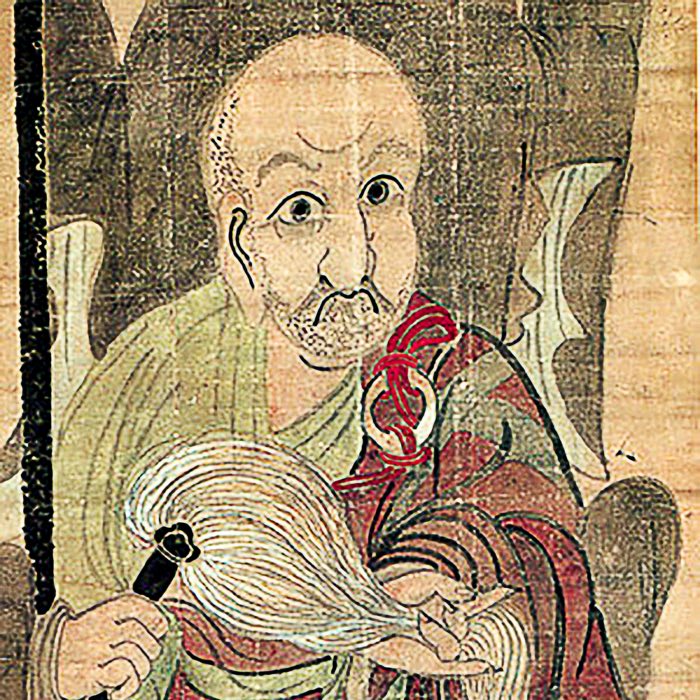
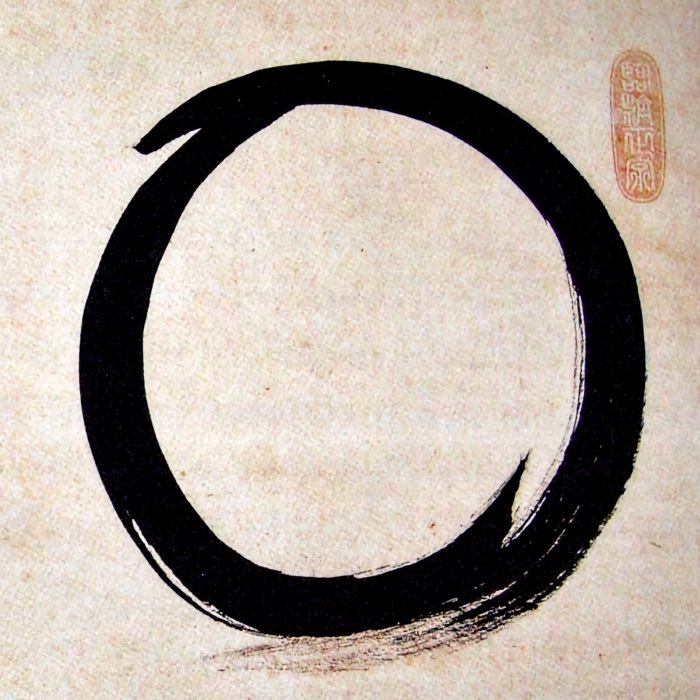











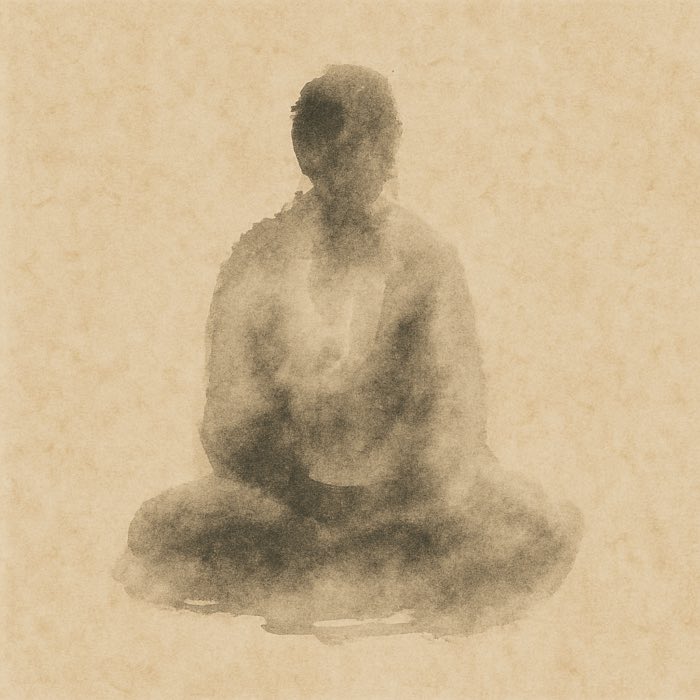




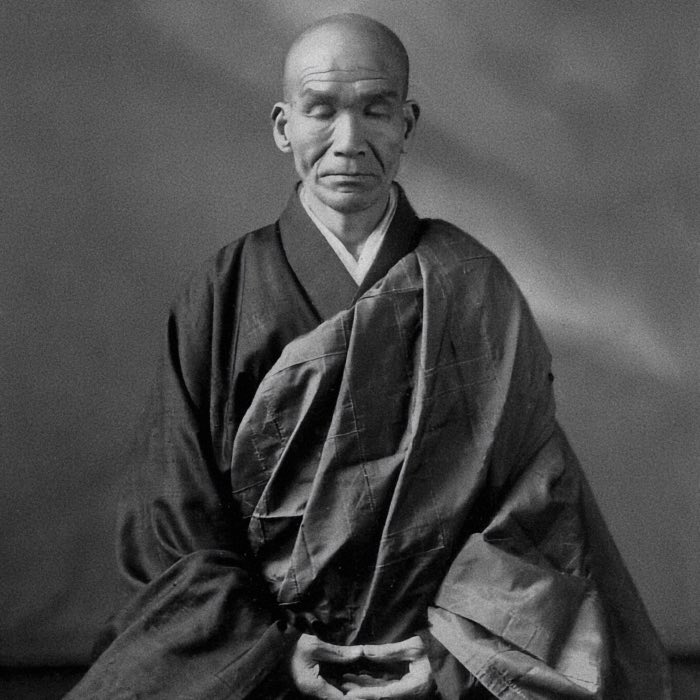
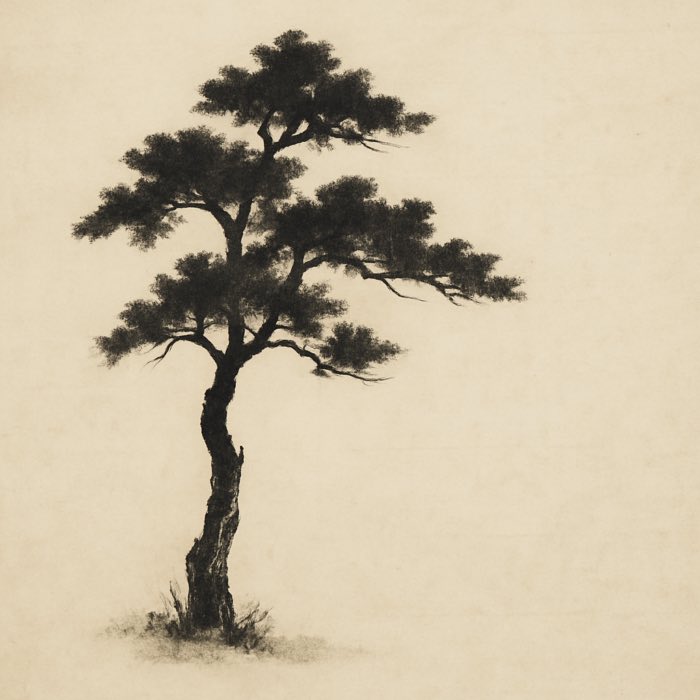
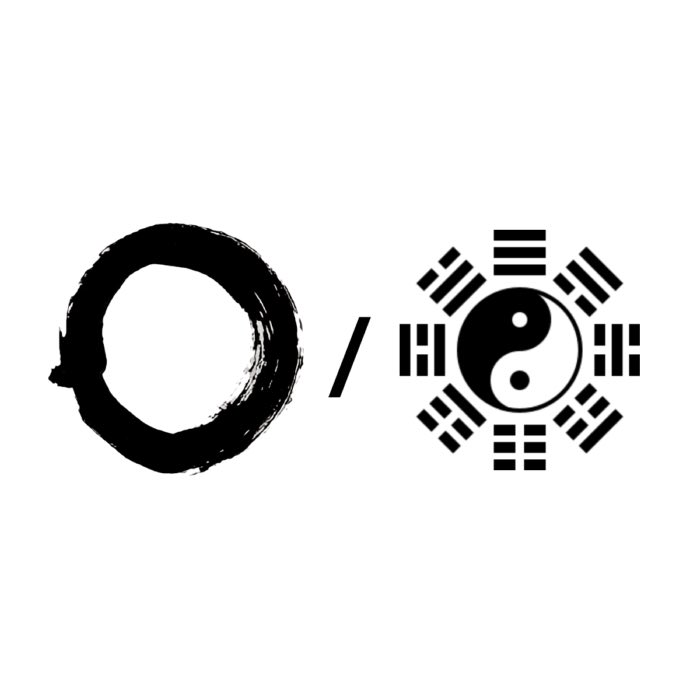
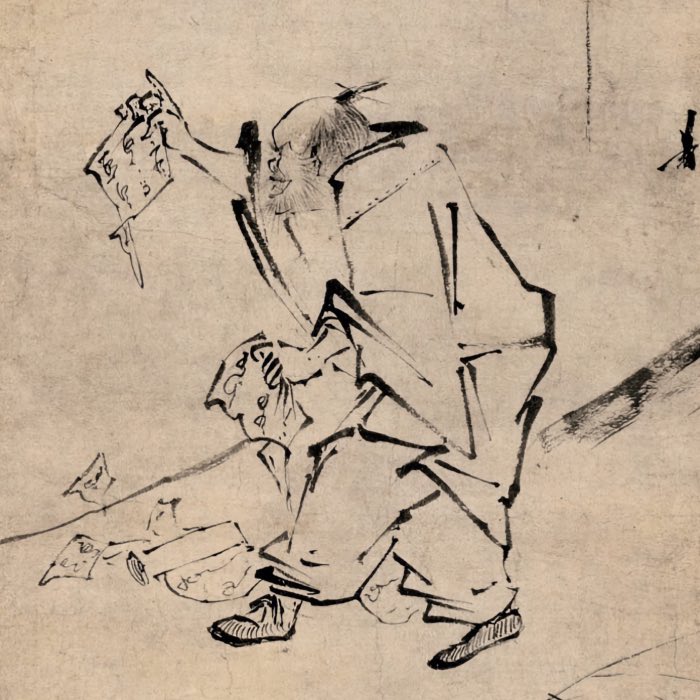
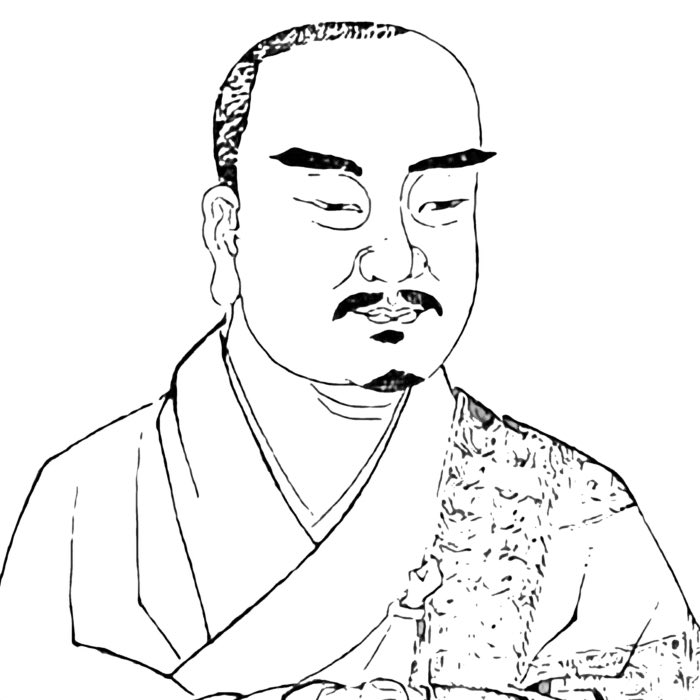
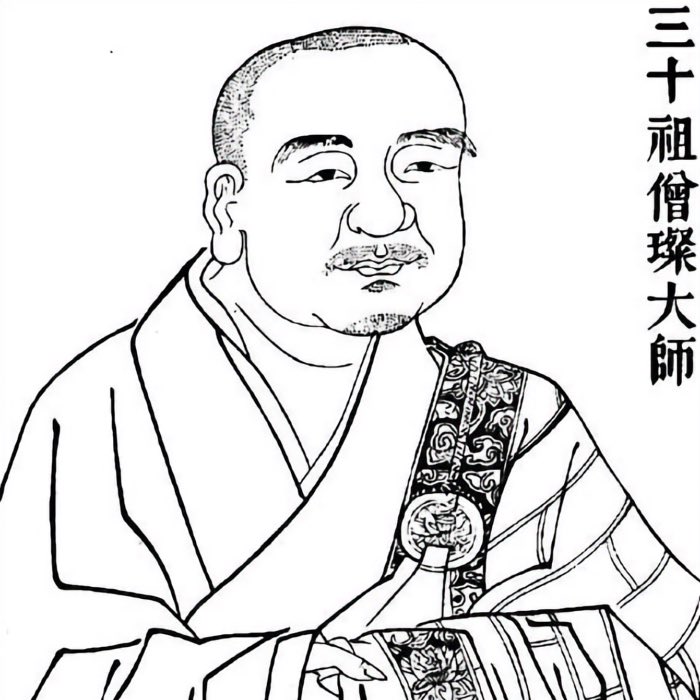


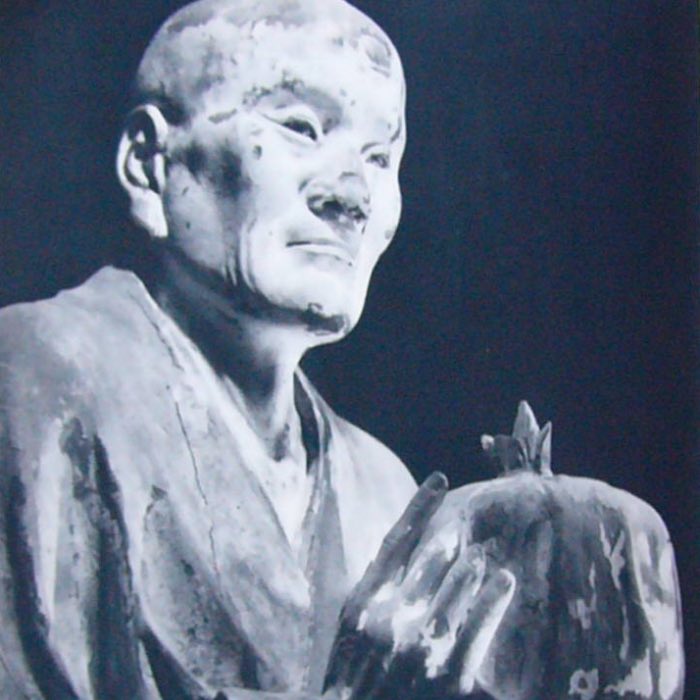
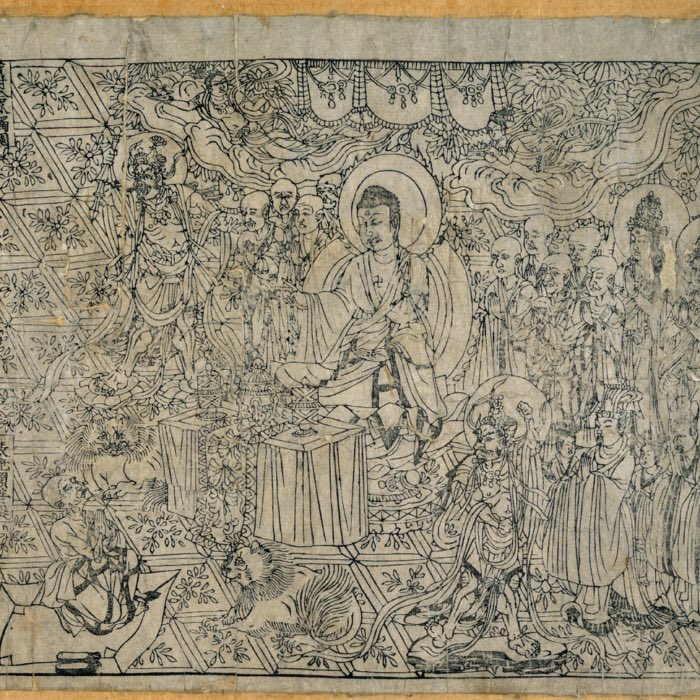






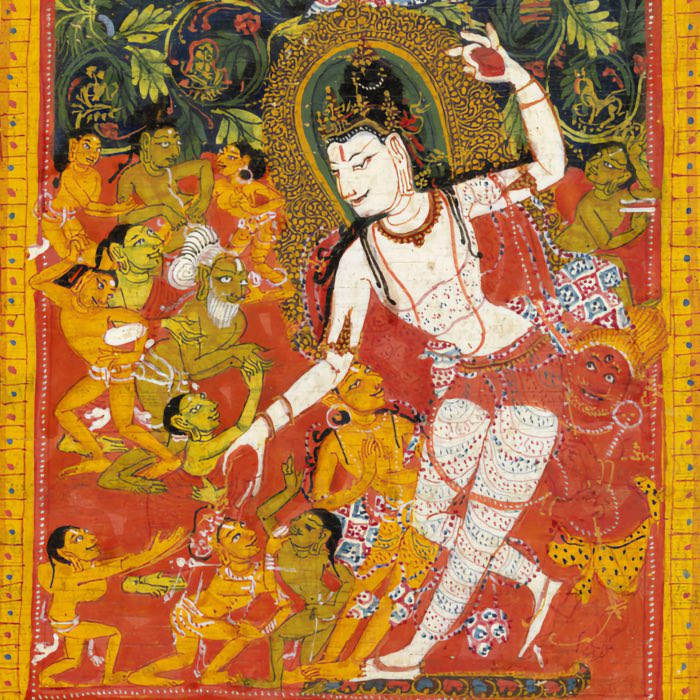
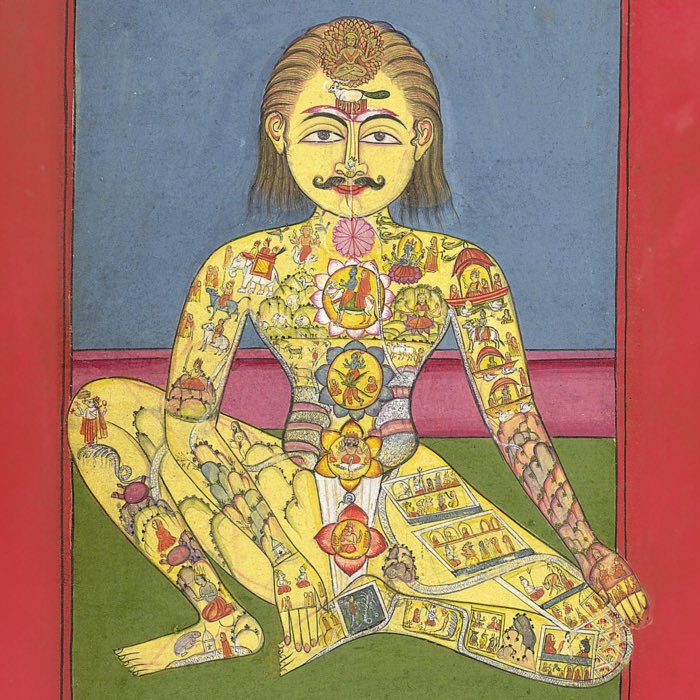


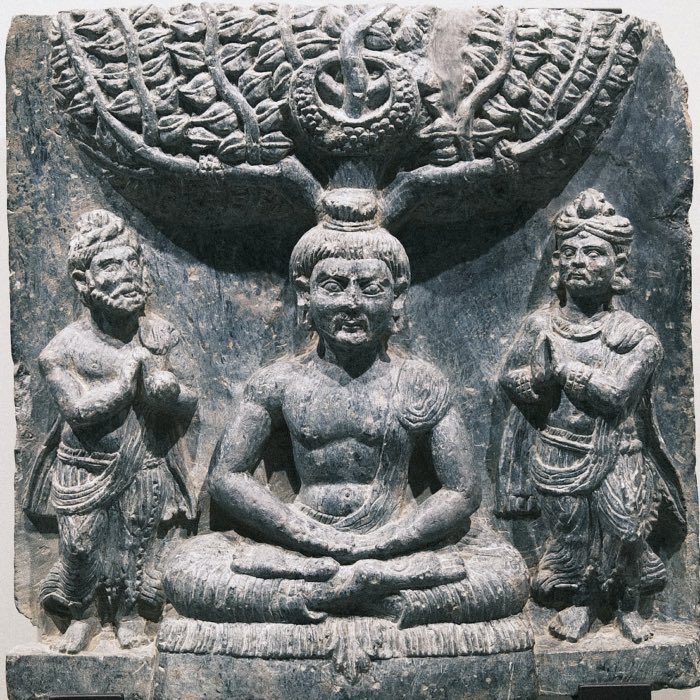
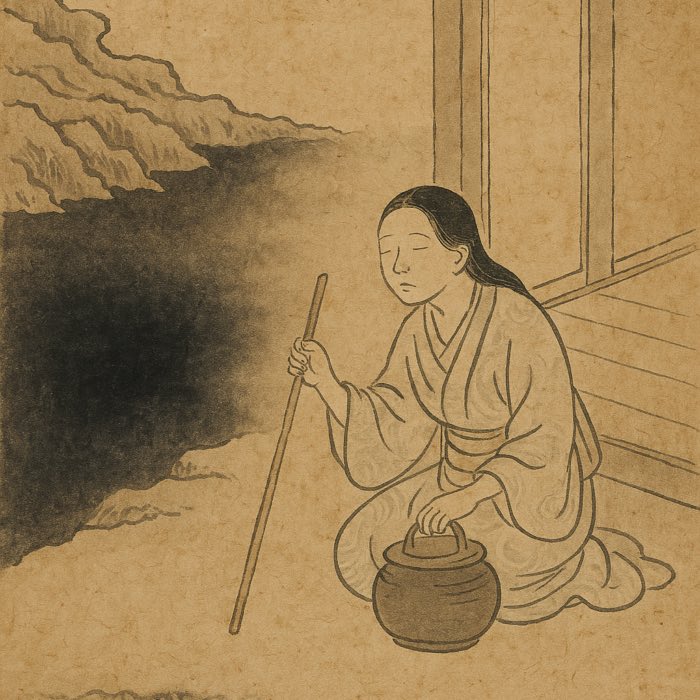
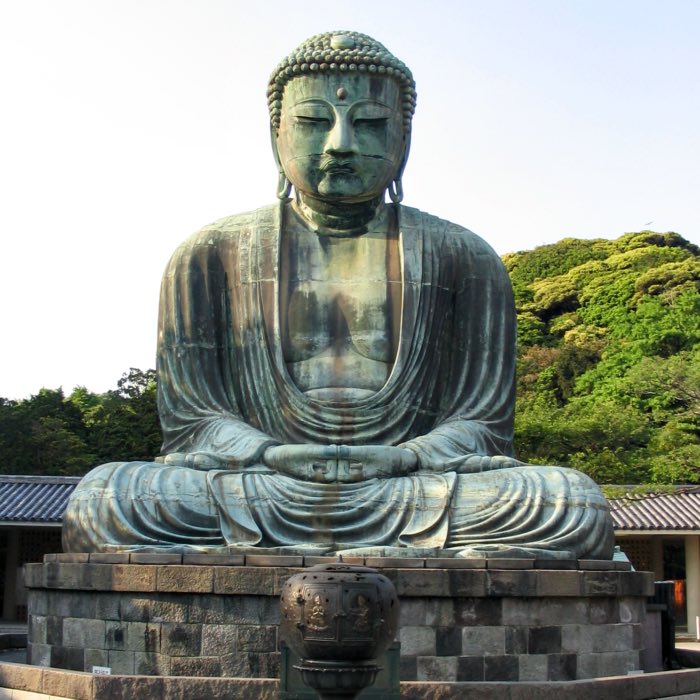

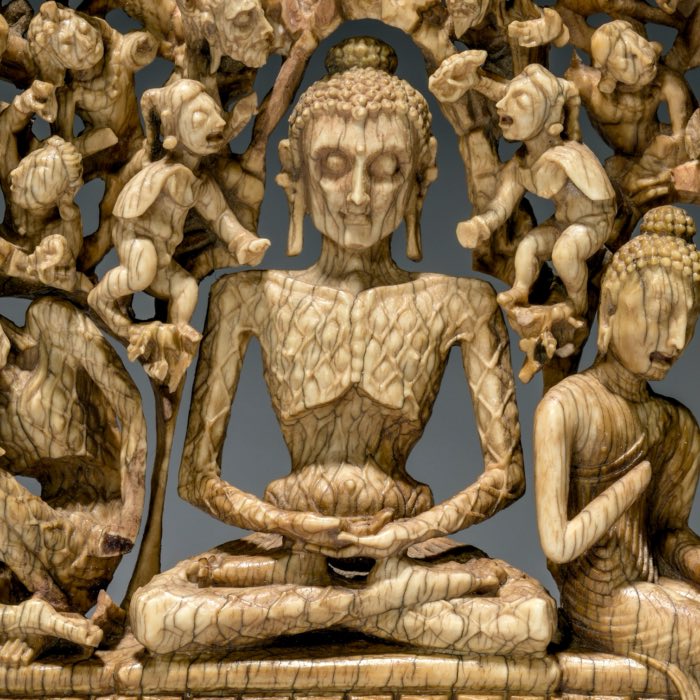
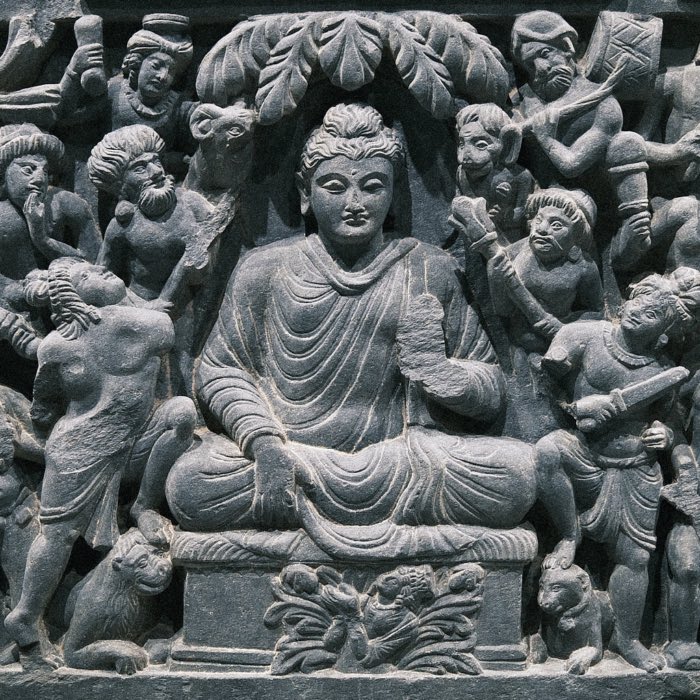
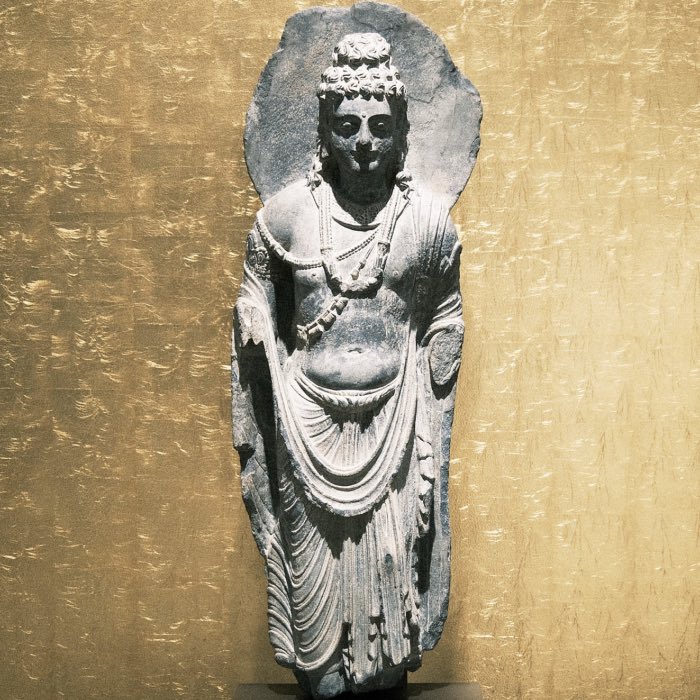
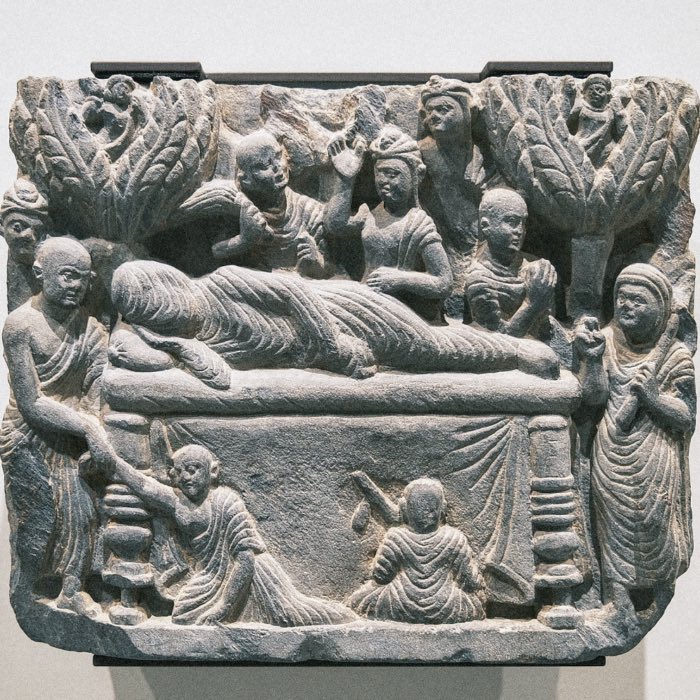
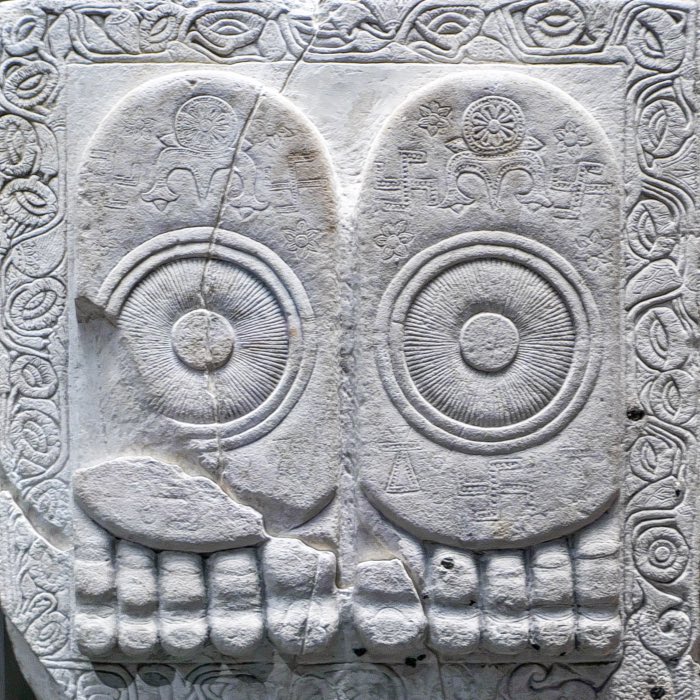
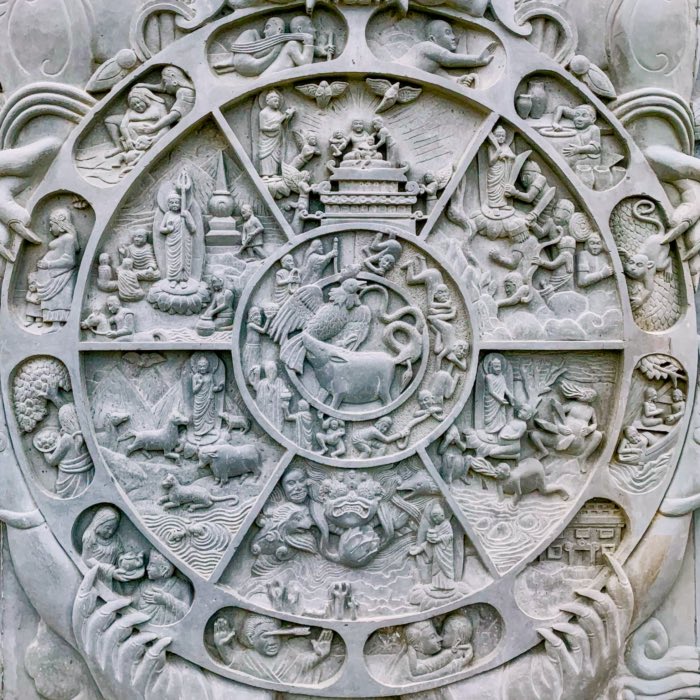
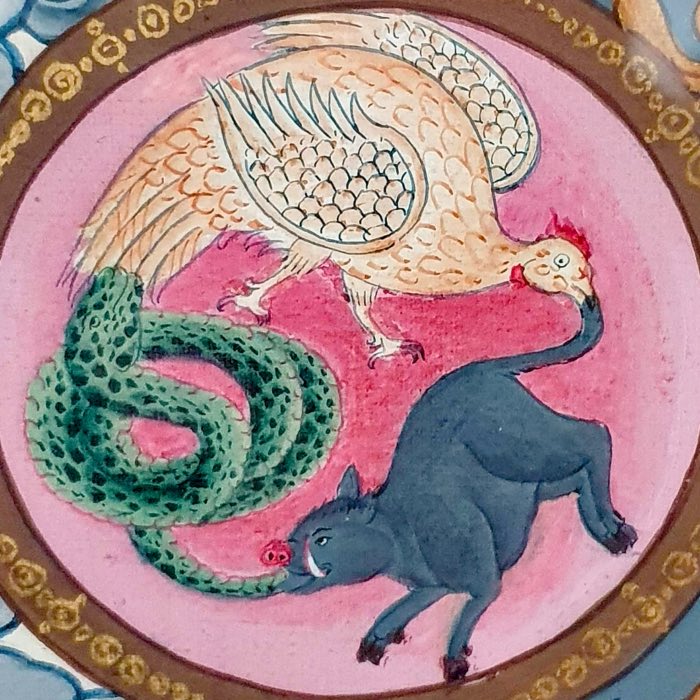

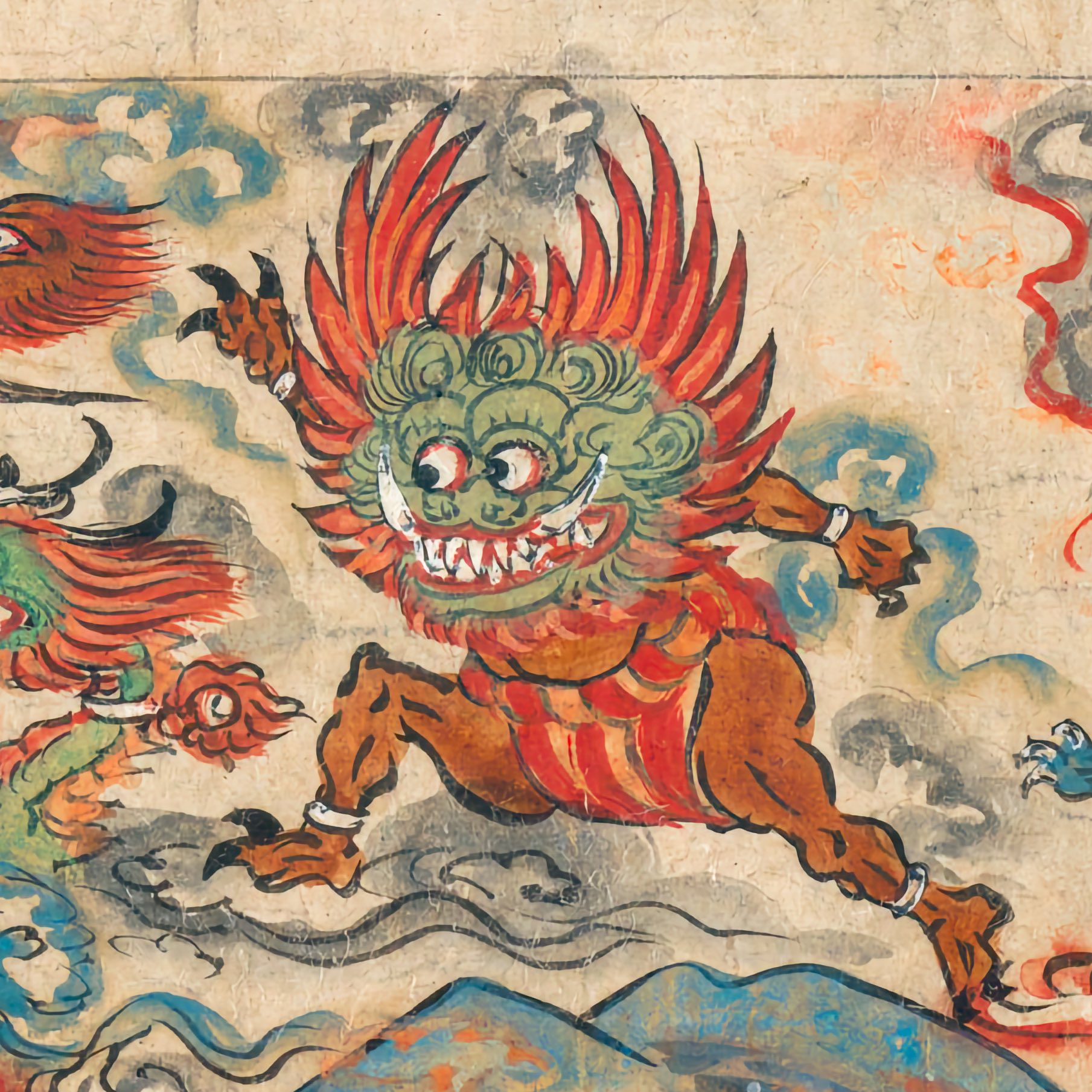

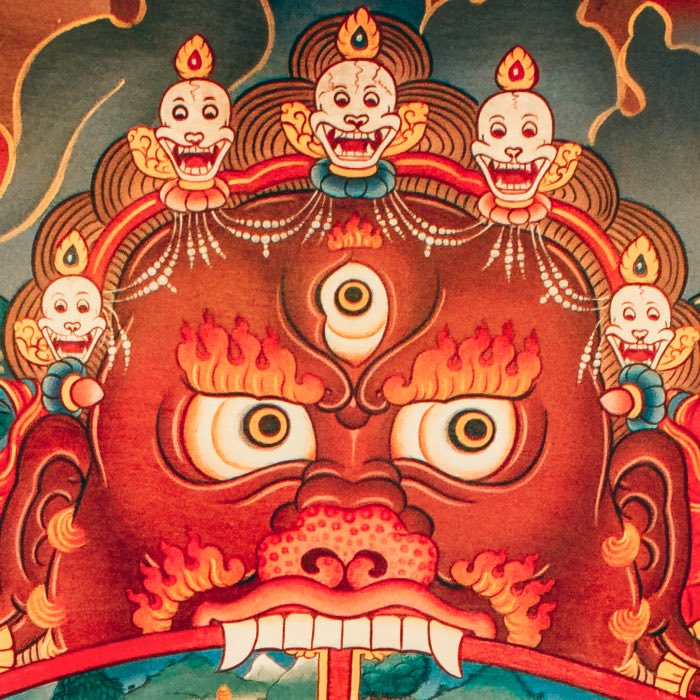



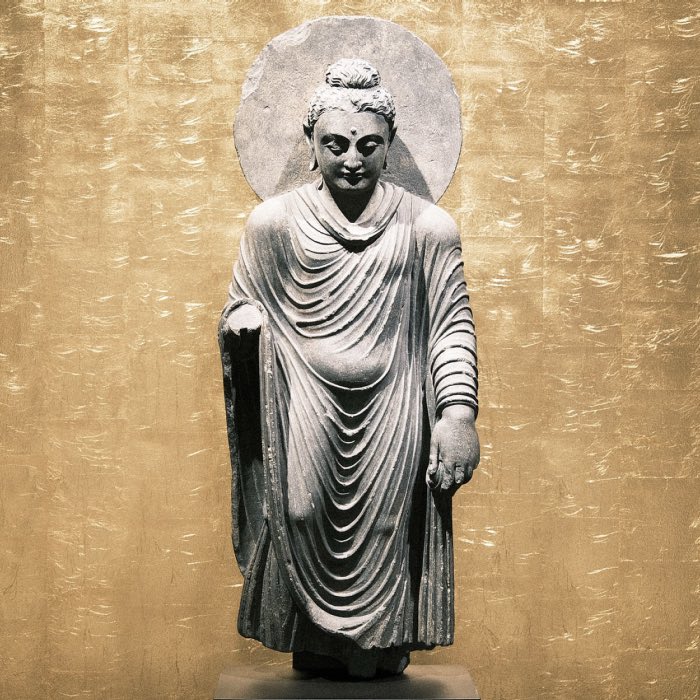
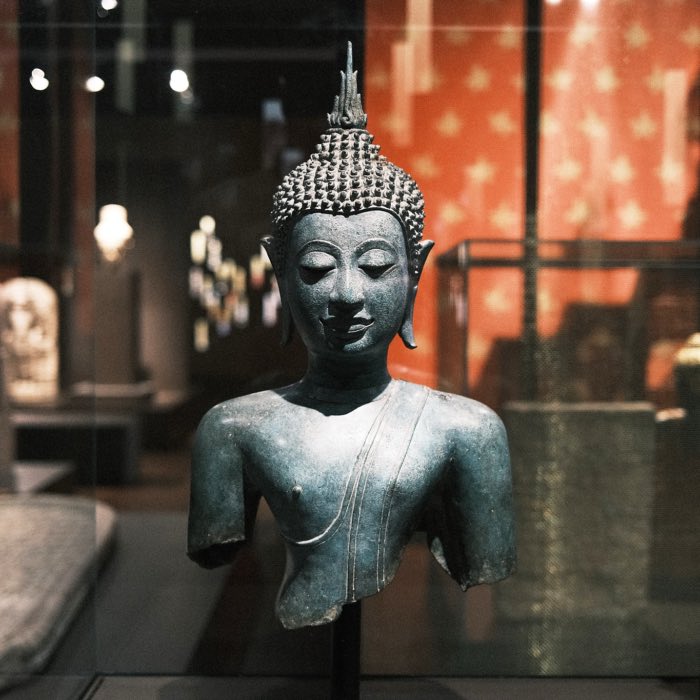

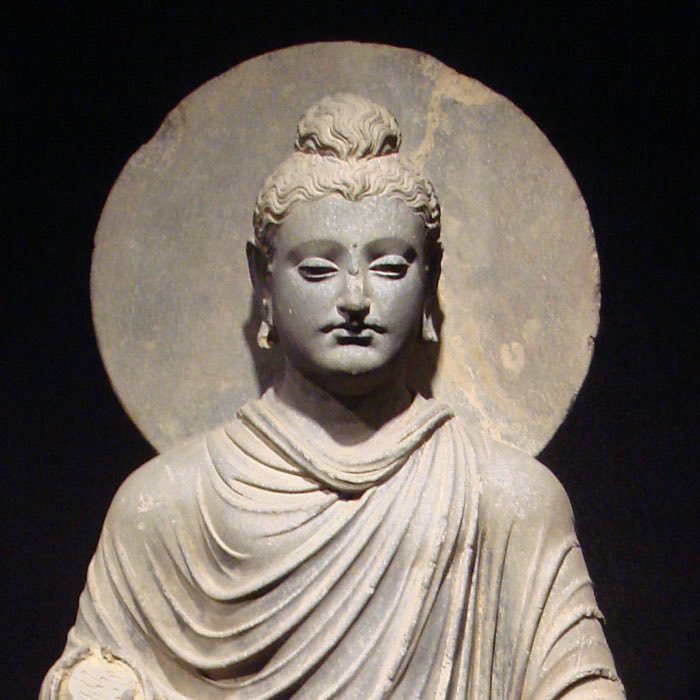
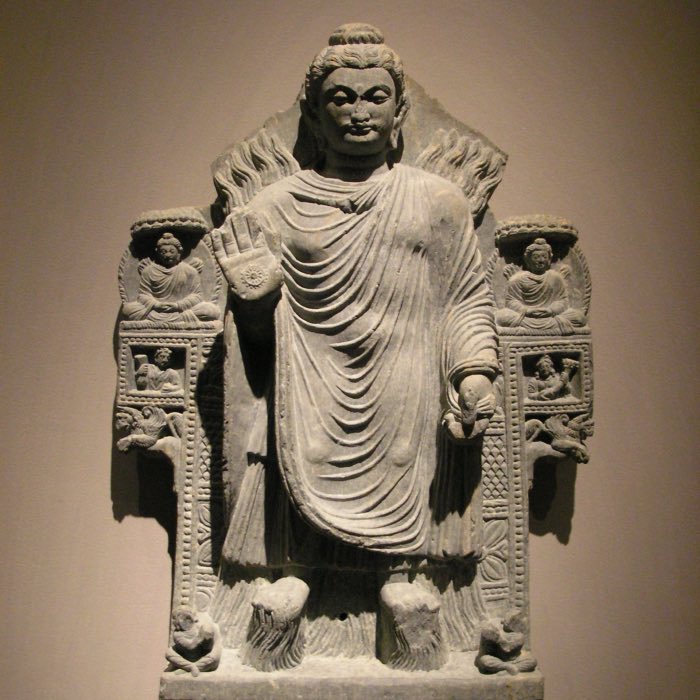
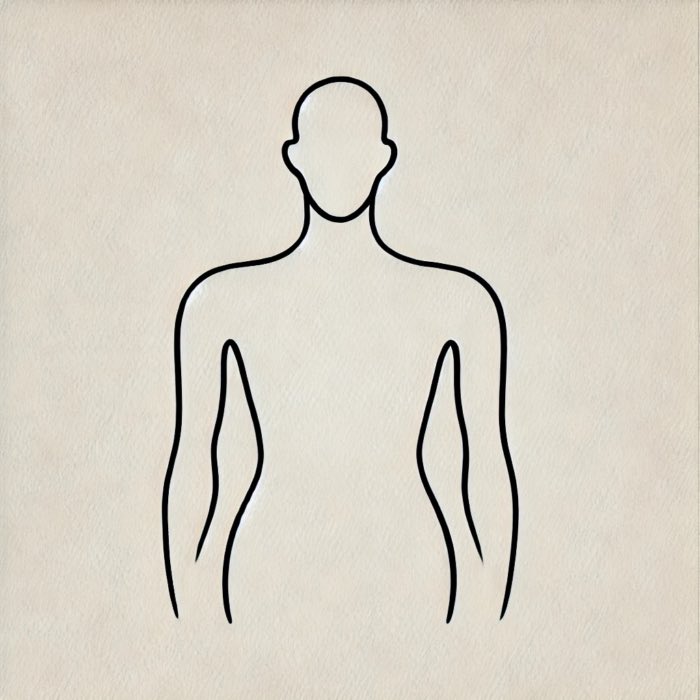


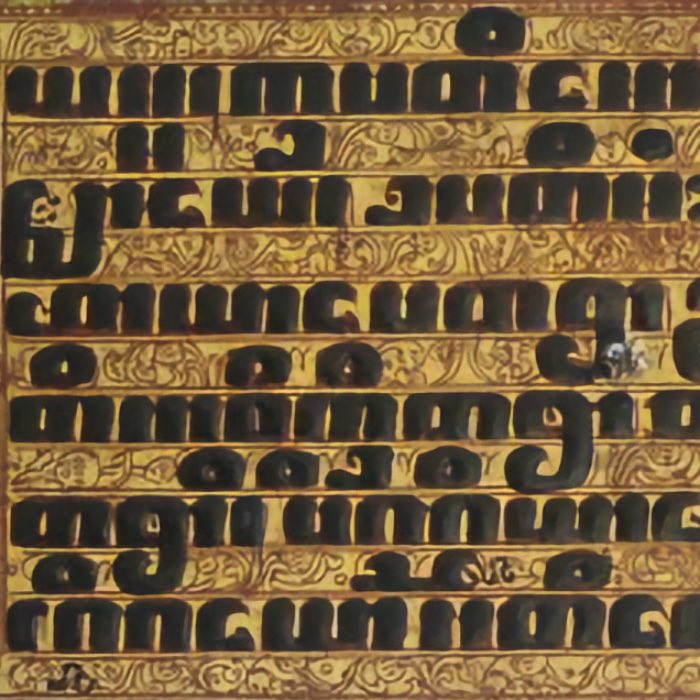


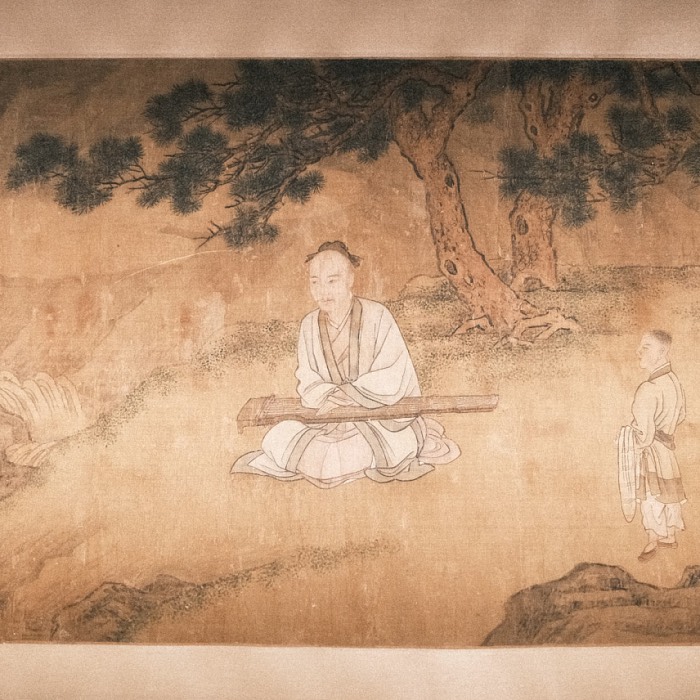



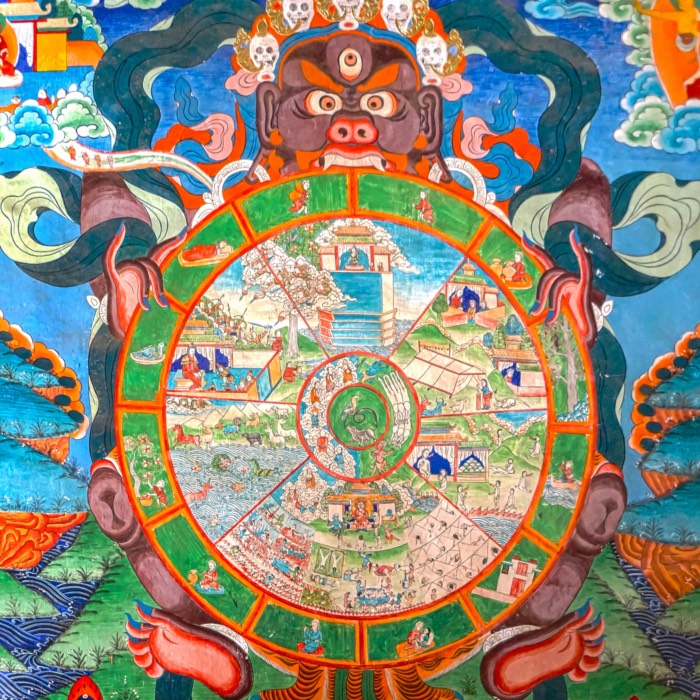
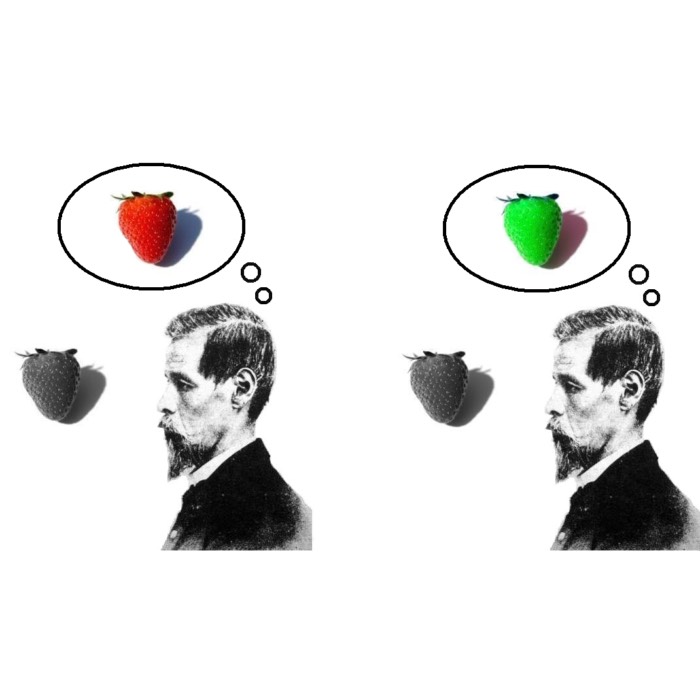
comments